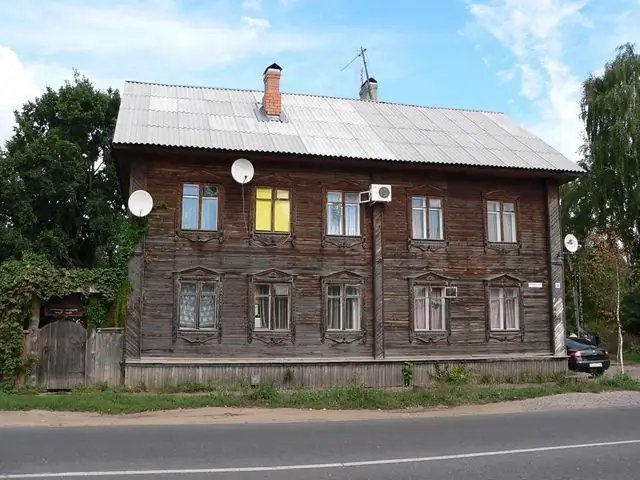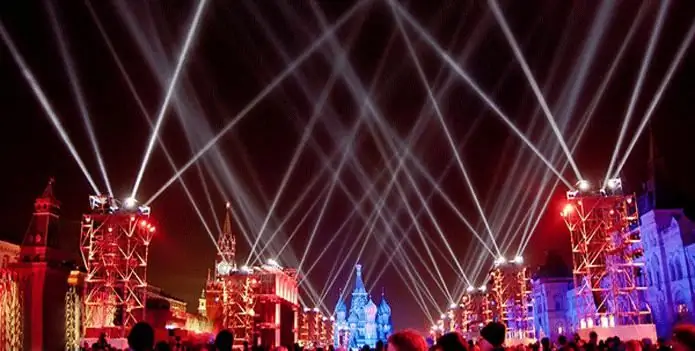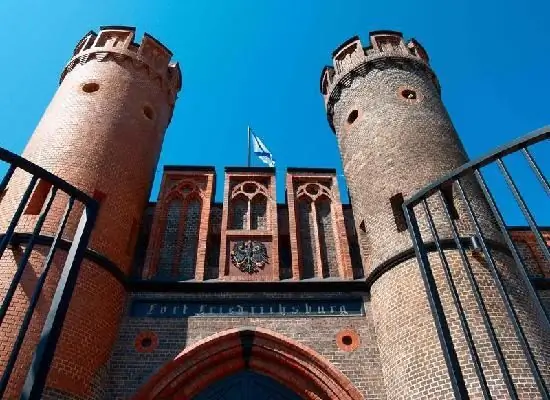- Author Harold Hamphrey [email protected].
- Public 2023-12-17 10:06.
- Last modified 2025-01-24 11:10.
The Museum of Myths and Superstitions of the Russian People is located in the city of Uglich at the address: st. January 9. This unusual and interesting institution was founded by Daria Alien together with Alexander Galunov. Initially, the Uglich Museum was conceived as a creative workshop. To get inside, you need to have certain information: you must know a kind of password. It sounds like this: “We are from acquaintances and friends.”
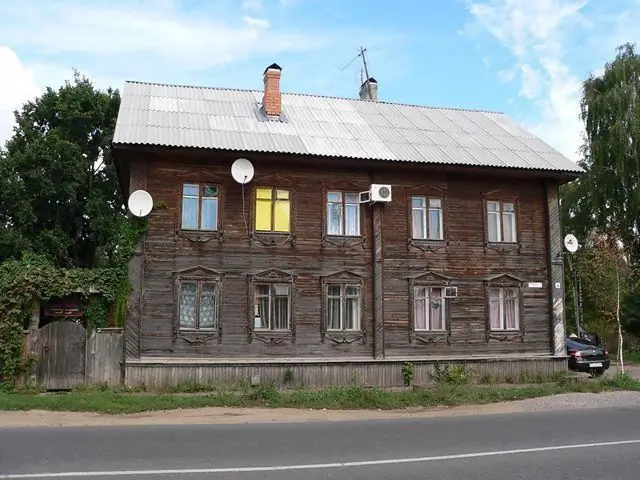
What is a museum
The museum is located in an apartment where all sorts of "evil spirits" of Russia have accumulated. In mid-2000, the founders of the Museum of Myths and Superstitions of the Russian People in Uglich, who are natives of St. Petersburg, decided to change their place of residence. They packed their things and moved to a quieter and more remote place from the hustle and bustle. Here they created a workshop, which was located in an old wooden two-story house. The opening of the museum took place just at the most suitable time for such a place - inChristmas night 2001. Guests were able to see a one-of-a-kind exposition.
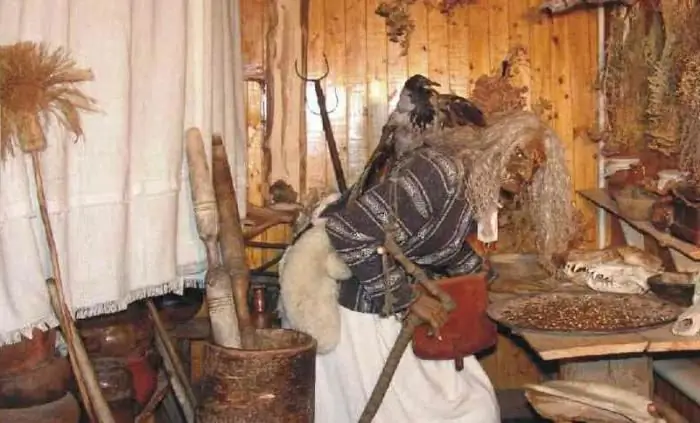
What to see
In the most unique museum in Uglich, you can meet various characters known from Russian folk tales and legends. So, here there is an opportunity to see Baba Yaga, a ghoul, a ghoul, a devil. In addition, all kinds of mythological creatures "live" here: the Sirin bird, the brownie, and also the kikimora. What are these beings? The founder of the museum fashioned their figures from wax in such a way that they turned out to be life-size. Daria did everything on her own - she worked with wax, cut and sewed costumes, and made stuffed birds. The appearance of the heroes of the Museum of Myths and Superstitions in Uglich was carefully recreated from manuscripts, book production, legends, as well as various legends that were brought to Russia from ethnographic expeditions. All this became the basis for modeling sketches. This is how heroes were created who aroused fear and respect in our ancestors at the same time.
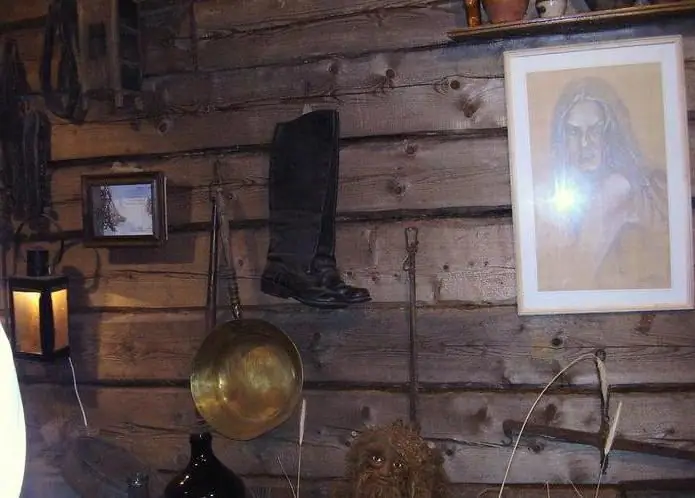
Museum architecture
The interior of the rooms where the figures are located looks like an old peasant dwelling. In this place there is an opportunity to observe such attributes that are part of an old Russian hut. In the entrance hall there are working tools that are necessary for agriculture. In addition, there are baskets, pots, caskets and chests: they resemble those in which there was oncehousewives kept supplies. Wherever you look, everywhere in the Uglich Museum there are old kitchen utensils. You can also see traditional amulets, talismans, small bouquets of medicinal herbs, towels carefully embroidered by someone, brooms, spindles and other items that best recreate the picture of the old days.
Stands of this cultural institution are equipped with archaeological finds. These exhibits went out of use many years ago, which causes even greater interest among visitors. The local library provides an opportunity to read various articles on local history, as well as unique scientific works from respected authors.
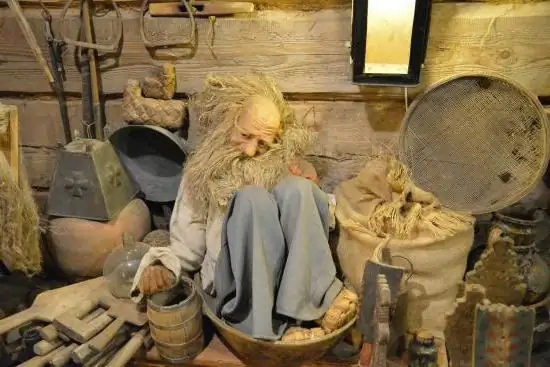
Excursion to another reality
The Uglich Museum allows you to make an interesting journey into the world of folk traditions and celebrations, learn a lot of interesting things about the ancient gods, shamans and magicians. In addition, museum guests can get information about some esoteric practices that have been preserved since ancient times, hear the decoding of some fairy tales and legends, get acquainted with information about amulets and talismans. Visitors will discover some of the ancient ways of healing from all sorts of diseases that our ancestors used. In addition, fairly popular and unfamiliar fortune-telling will be presented to modern man. Note that for a large number of Slavs, such beliefs made up a whole part of their lives and allowed them to answer many life questions.
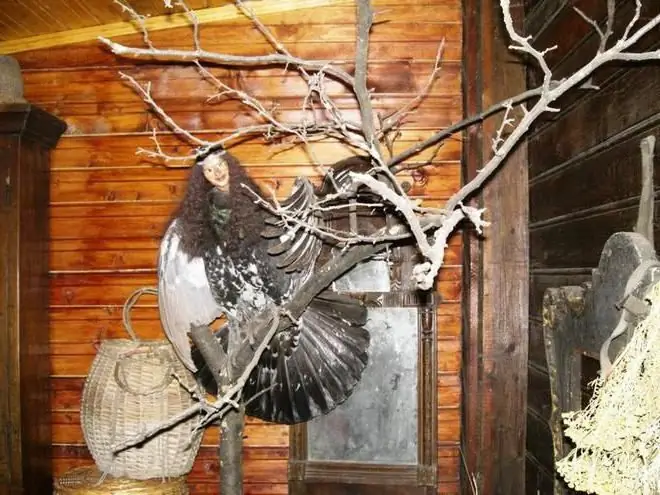
The Museum of Myths and Superstitions enables people to learn howvarious conspiracies, customs, sayings were born. Thus, the museum helps visitors to get to know the history of superstitions that live in people's memory, as well as Russian culture, traditions and way of life of our ancestors.

